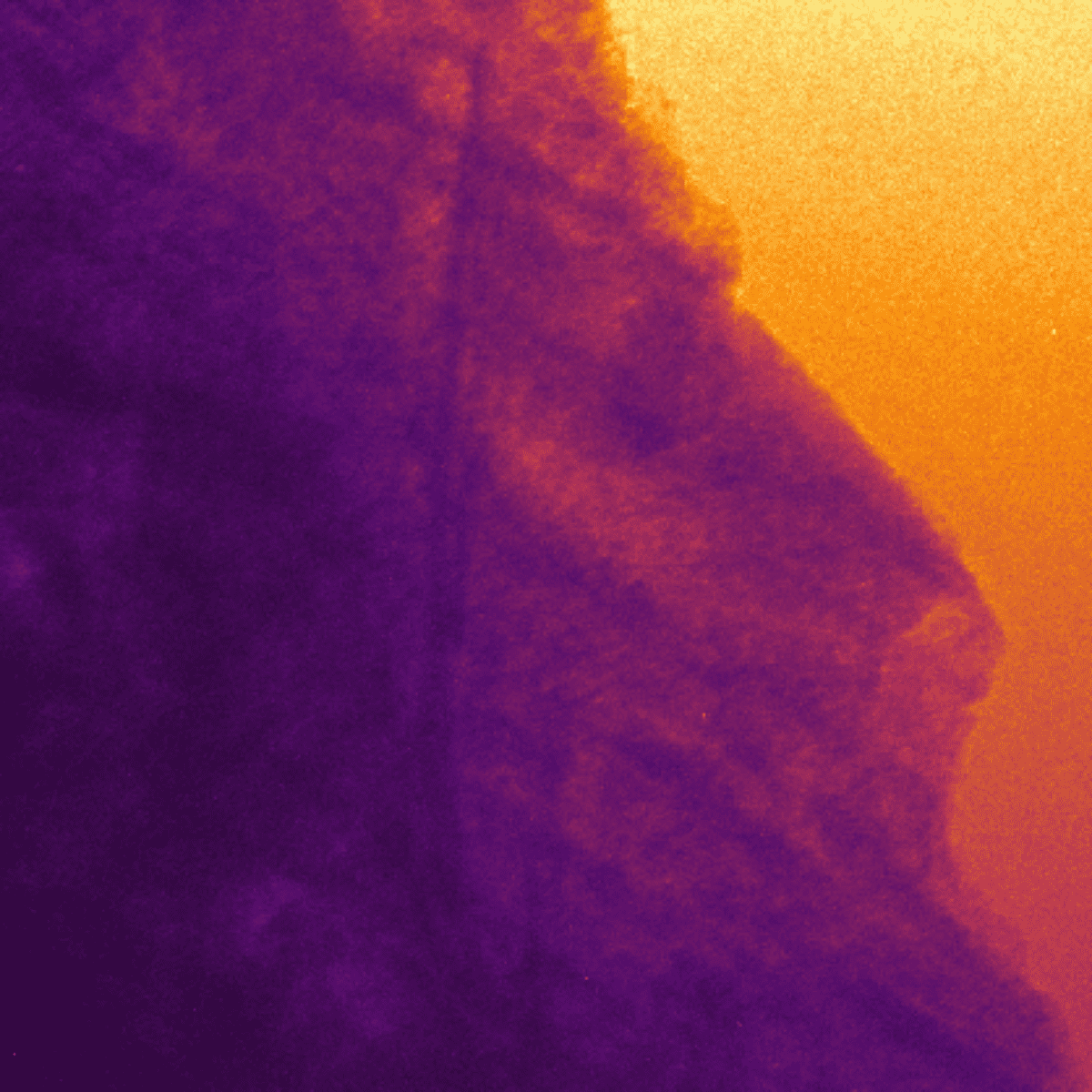
Two days after storing electrons in Sirius’ storage ring, the team have performed the first x-ray microtomography analysis at the new source
Two days after storing electrons in Sirius’ storage ring, the CNPEM´s team have performed the first x-ray microtomography analysis at the new Brazilian synchrotron light source. Through a simple proof of concept experiment, using less than ten thousandth of the expected power, it was possible to observe the arrival of synchrotron light for the first time in one of Sirius’ future experimental stations. This is a major milestone for the project, and a victory for Brazil’s science and technology.
“These early rock microtomography demonstrate the functionality of this great machine, designed and built by Brazilians to bring our science to a new level. Sirius is still in the early stages of commissioning, but these early tests that allowed X-ray images to be made ensure that the future will be very bright! We are very excited about the possibility to provide to the Brazilian scientific community a new level of experimental techniques as soon as possible”, said Antonio José Roque da Silva, Director General of CNPEM and the Sirius Project.
The first images were taken at one of the beamlines set up for testing, using X-ray tomography imaging techniques. These analyses mark another important milestone in the Sirius commissioning process. The team is now dedicated to achieving higher and higher currents needed to produce synchrotron light of enough intensity for the first scientific experiments.
“Even in test conditions, the high energy X-rays produced by Sirius are impressive. They will allow us to obtain higher quality images and to analyse larger samples. These conditions are so important when we plan to analyse pre-salt rocks, for example”, explains Nathaly Archilha, researcher who leads the first analyzes.
The x-rays used at the first microtomography performed at Sirius were generated by a 3.2T permanent magnet superbend source, which was developed by CNPEM’s engineering team in partnership with Brazilian companies. Sirius is the first 4th generation synchrotron light source to operate with this type of technology in the world.
At this moment, Sirius´ team has two main goals: (i) to stabilize the electron beam in the storage ring, increasing its charge to produce the even more intense synchrotron light required for the first scientific experiments; (ii) to conclude the assembly of the first beamlines, which are the research stations where scientists will conduct their experiments starting in 2020. These stations will allow researchers to study the structure of virtually any organic and inorganic materials, such as proteins, viruses, rocks, plants, soil, alloys, among many others, at the atomic and molecular scale with very high resolution and speed.
The new Brazilian synchrotron light source continues its successful commissioning
This is one of the most important stages of the largest scientific project in Brazil